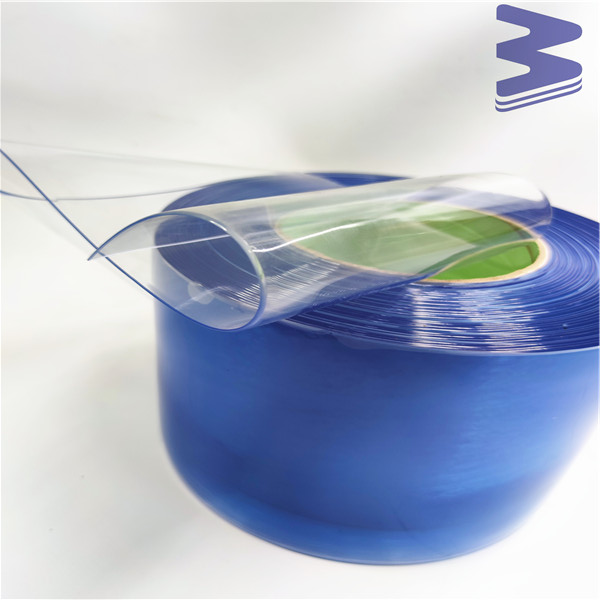- Afrikaans
- Albanian
- Amharic
- Arabic
- Armenian
- Azerbaijani
- Basque
- Belarusian
- Bengali
- Bosnian
- Bulgarian
- Catalan
- Cebuano
- Corsican
- Croatian
- Czech
- Danish
- Dutch
- English
- Esperanto
- Estonian
- Finnish
- French
- Frisian
- Galician
- Georgian
- German
- Greek
- Gujarati
- Haitian Creole
- hausa
- hawaiian
- Hebrew
- Hindi
- Miao
- Hungarian
- Icelandic
- igbo
- Indonesian
- irish
- Italian
- Japanese
- Javanese
- Kannada
- kazakh
- Khmer
- Rwandese
- Korean
- Kurdish
- Kyrgyz
- Lao
- Latin
- Latvian
- Lithuanian
- Luxembourgish
- Macedonian
- Malgashi
- Malay
- Malayalam
- Maltese
- Maori
- Marathi
- Mongolian
- Myanmar
- Nepali
- Norwegian
- Norwegian
- Occitan
- Pashto
- Persian
- Polish
- Portuguese
- Punjabi
- Romanian
- Russian
- Samoan
- Scottish Gaelic
- Serbian
- Sesotho
- Shona
- Sindhi
- Sinhala
- Slovak
- Slovenian
- Somali
- Spanish
- Sundanese
- Swahili
- Swedish
- Tagalog
- Tajik
- Tamil
- Tatar
- Telugu
- Thai
- Turkish
- Turkmen
- Ukrainian
- Urdu
- Uighur
- Uzbek
- Vietnamese
- Welsh
- Bantu
- Yiddish
- Yoruba
- Zulu
Transparent Colored PVC Sheets for Creative Projects and Versatile Applications
The Versatility of Transparent Colored PVC
Transparent colored PVC (polyvinyl chloride) has emerged as a versatile material that has found its way into numerous industries due to its unique properties and aesthetic appeal. This synthetic polymer, known for its durability, flexibility, and resistance to weathering, is often favored for its ability to be produced in a spectrum of colors, making it not only functional but visually appealing as well.
Structural Properties
One of the key advantages of transparent colored PVC is its structural integrity. Unlike other plastics, PVC offers exceptional strength, allowing it to be used in various applications that require both durability and appearance. Its resistance to UV rays ensures that the colors remain vibrant over time, making it an ideal choice for outdoor applications. Moreover, it can be easily molded into different shapes and forms, providing manufacturers with endless design possibilities. From windows and doors to decor and signage, the applications for transparent colored PVC are expansive.
Aesthetic Appeal
The aesthetic qualities of transparent colored PVC are one of its most significant attractions. Unlike traditional transparent materials that often appear dull or industrial, colored PVC can brighten environments and offer a touch of personality. This characteristic makes it an excellent choice for interior design applications, such as room dividers, partitions, and decorative elements. Its ability to diffuse light adds a softer glow to spaces, enhancing the overall ambiance.
Applications in Various Industries
transparent colored pvc

In the fashion industry, transparent colored PVC has gained popularity for handbags, shoes, and accessories. Designers are increasingly incorporating this material into their collections due to its modern look and ability to complement various styles. The transparency allows for creative layering with different colors and materials, resulting in unique fashion statements.
The construction industry has also embraced transparent colored PVC, particularly for window and door applications. Its weather-resistant properties make it optimal for environments prone to rain or harsh sunlight. Furthermore, the ability to customize colors allows architects and builders to create buildings that are not only functional but also aesthetically pleasing.
In the advertising realm, transparent colored PVC is used for banners, signage, and promotional displays. The material’s durability ensures that promotional materials can withstand outdoor elements while retaining their visual appeal. The bright colors attract attention, making messages more effective.
Environmental Considerations
While transparent colored PVC offers several advantages, it is crucial to address its environmental implications. Due to its composition, PVC is less biodegradable compared to other materials, which raises concerns about waste management and sustainability. However, advances in recycling technology are making it increasingly possible to repurpose PVC materials, helping to reduce its environmental footprint. Many manufacturers are implementing more eco-friendly practices, such as using recycled PVC or developing methods to recycle post-consumer waste.
Conclusion
Transparent colored PVC is a remarkably versatile and visually striking material that has made an indelible mark across various industries. Its combination of durable properties, aesthetic flexibility, and broad applicability makes it a preferred choice in fashion, construction, and advertising. As industries continue to innovate and find new applications, the future of transparent colored PVC looks promising. By addressing environmental concerns and enhancing recycling efforts, this material can maintain its position as a practical and stylish option for years to come. The evolution of transparent colored PVC not only reflects advancements in material science but also a growing understanding of how aesthetics and functionality can harmoniously coexist.
-
Industrial & Commercial Freezer Curtains Energy-Saving Cold Storage SolutionsNewsMay.18,2025
-
Clear Garage Door Curtains Durable, Energy-Saving PVC Strip SolutionsNewsMay.18,2025
-
China Style Curtains Hangers - Durable & Elegant Home Decor SolutionsNewsMay.18,2025
-
Anti-Static PVC Rollenblatt Strip Curtains Durable & Static-FreeNewsMay.17,2025
-
Industrial PVC & Vinyl Strip Curtains Thermal Insulation & Pest ControlNewsMay.17,2025
-
Anti-Static & Insect-Proof PVC Strip Curtains for WarehousesNewsMay.16,2025



